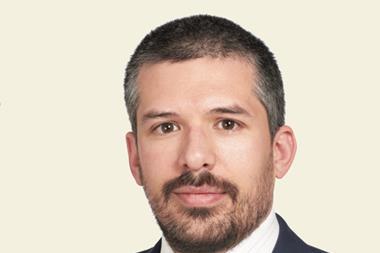Institutional investors must question how the emergence of super asset managers have really benefited them over the years, especially since the cycle of mergers and acquisitions seems to have continued 10 years on.

In 2009, the merger of Barclays Global Investors with BlackRock created back then the world’s largest asset manager. The big deals seem to continue, more recently with Franklin Templeton acquiring Legg Mason and its collection of boutique businesses, forming a super manager with assets under management exceeding $1.5trn (€1.4trn).
But do Darwinian laws apply to the asset management world, meaning that only the strongest, most robust firms survive?
Many are facing financial pressures amid recent market volatility, which include continued fee pressure and increased costs due to regulation. Therefore, the benefits of scale in reducing costs, and synergies created by putting many bright minds together in a single firm are often given as the reasons for this expanded M&A activity.
However, the creation of these giants may not be all good news for investors. With greater size comes greater potential risk and the need for growing corporate control.
Merging with another firm to gain assets, lift out a star investment team, or buy a specialised boutique manager has long been seen as one way for fund management firms to survive falling fees and margins and compensate for a lack of organic growth.
But the long bull market has made some of that activity harder for managers’ assets to appreciate in value.
The rise of the mega asset managers – with many longstanding names leaving the scene – often carries with it the seeds of their demise as alpha managers. With a need to focus on corporate consistency, the search for alpha becomes more difficult. A new potential void is created to be filled by a boutique firm.
Venilia Amorim, editor, IPE.com
venilia.amorim@ipe.com


















No comments yet